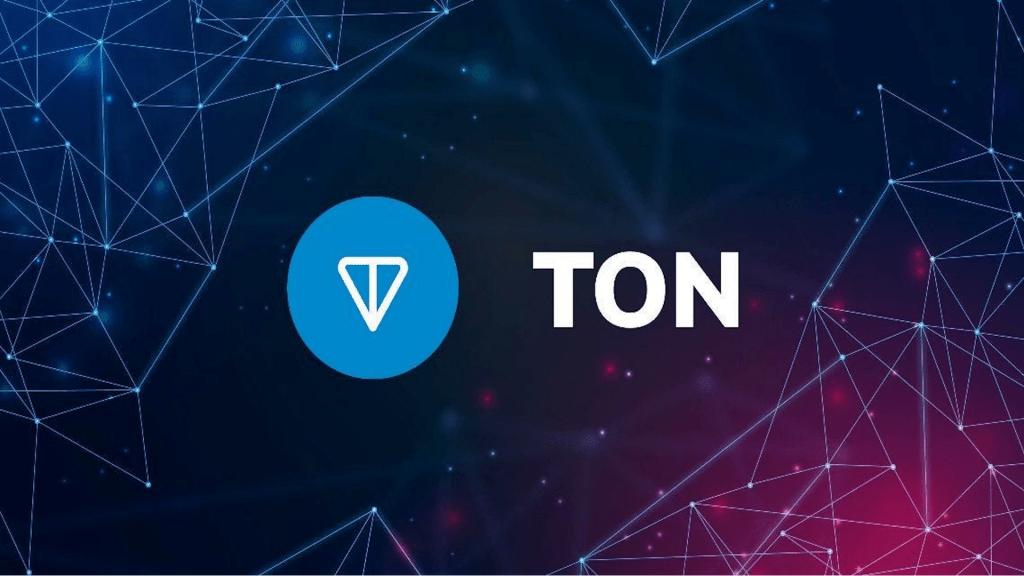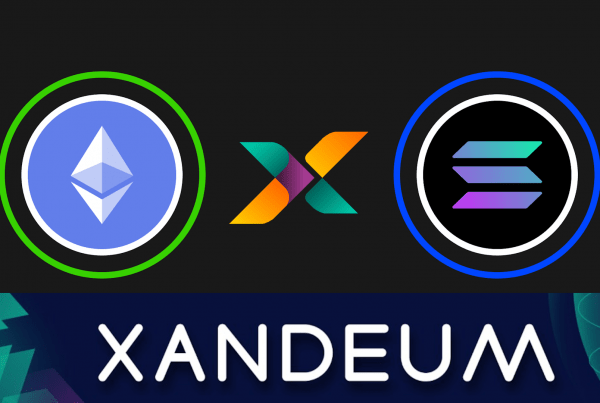
Blockchain developers seeking a network on which to build are faced with a panoply of choice. Where once it was a question of “Eth and everything else,” things have since gotten way more complicated. Not only has the number of smart contract chains proliferated, but they’re no longer limited to Layer 1 thanks to the emergence of L2s as well as even L3s and appchains.
The success The Open Network (TON) has had in attracting a significant number of developers to its ecosystem should not, therefore, be taken for granted. Developers have taken to TON in their droves, as evidenced by the thousands of dapps that have been deployed, and it’s fair to say their decision was influenced by more than a dislike for Solidity or distrust of Solana’s stability. So what has been the driver behind TON’s impressive dev uptake and what can other blockchain ecosystems do to replicate this formula?
Top tooling
One of the biggest drivers in convincing devs to build on your blockchain, but also one of the toughest to establish, is tooling. Think of tooling as the search engine for developers, providing a shortcut to getting basic tasks done and making it easier to query and work with data. Just as browsing the web was harder before we had search engines to point us in the right direction, building onchain applications isn’t easy until there’s a diverse set of tools to automate core processes and reduce build time.
TON is well served in this respect, having accrued a respectable range of tooling that allows builders to get straight to work. There are multiple APIs available to accelerate dapp creation, payment integration, and RPC data from numerous chains, allowing projects to rapidly create powerful dapps with features such as recurring subscription payments and NFT marketplaces without needing to code smart contracts from scratch.
The TON API, developed by Tonkeeper, provides a comprehensive range of tooling including APIs for TON token prices, interacting with various TON applications, as well as custom solutions for creating self-hosted payment verification APIs and much more. The upshot of all this is that devs can spend less time compiling code and more time applying the finishing touches to their applications. Believe it or not, devs would rather not spend all day devving and the availability of APIs and other essential tooling makes their job a lot easier.
Speed and scalability
Every smart contract chain worth its salt boasts of its speed and scalability and TON is no different. It’s got the benchmarks to prove its claims to be faster than the competition, however, thanks to features such as sharding that supports high-frequency trading, microtransactions, and data-intensive applications for use cases such as AI.
The way TON smart contracts work also distinguishes them from the format used on networks such as Ethereum. Thanks to asynchronous communication, messages can be exchanged between different contracts, ensuring that the whole system doesn’t get held up if there’s a delay due to one component encountering a problem.
Ready-made network
After tooling, one of the biggest challenges developers face when building on a new network concerns user onboarding. How can they attract users and convince total strangers to try out their dapp? It’s not simply a case of “build it and they will come” because crypto – and the internet at large – is awash with examples of great products that failed to gain traction.
The major advantage that TON has here, of course, is its deep integration with Telegram, the messenger app that boasts over 900M users including the majority of the cryptosphere, many of whom now do all of their trading inside Telegram. The benefit of this network effect is hard to overstate, and has been a major driver of the strides TON has made in 2024.
Telegram Mini-Apps have been a game-changer by allowing users to interact without leaving the confines of Telegram and accelerating deployment for developer teams. Interaction is seamless, crypto and payments are integrated, and the promise of a one-click launch is a proposition that other blockchains can’t hope to match. While launching a Telegram Mini-App doesn’t guarantee adoption in its own right, it significantly increases the prospects of success by putting it in front of a crypto-native audience that can frictionlessly interact with it.
Rising adoption
Like the phases of the moon, blockchain ecosystems wax and wane as the interests of crypto users change. In other words, what was hot last year may not be in vogue this year. As a result, developers are forced to think ahead and select a network to build on that has good prospects of maintaining the liquidity, users, and innovation required to make it relevant in the years to come.
While past success is no guarantee of future performance, the signs look promising for TON, whose benchmarks attest to an ecosystem that’s still growing and whose best is yet to come. Over 650K users interact with the TON blockchain daily, conducting close to 7M transactions per day, while TON has risen to become a top 10 crypto by market cap. Network activity, including wallet activations and DEX volume, is still climbing steadily, which suggests sustainable growth.
It’s easy to ascribe TON’s success in attracting developers as being down to the popularity of Telegram and nothing else. This is a gross oversimplification however. In reality, it’s a combination of things that has allowed TON to find the Goldilocks Zone to which devs will gravitate without needing to be enticed by grant programs or well-funded hackathons. Through a combination of tooling, scalability, and network effects, TON has become web3’s dapp heartland.
There are other networks to build on, each of which has their own competencies and features of note. But in terms of sporting a well-rounded developer feature set, TON’s value proposition is hard to beat.



